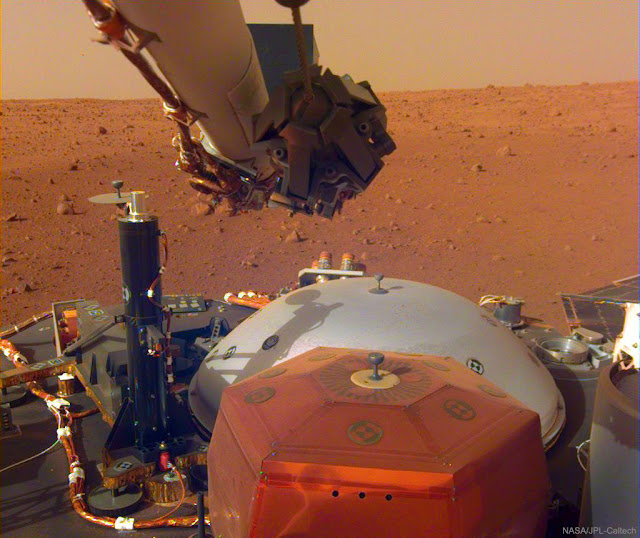NASA PhotoNews: Swimming on Jupiter

NASA PhotoNews: Swimming on Jupiter Image Credit: NASA, JPL-Caltech, SwRI, MSSS; Processing & License: Brian Swift, Sean Doran Explanation: On October 29, the Juno spacecraft once again dove near the turbulent Jovian cloud tops. Its 16th orbital closest approach or perijove passage, brought Juno within 3,500 kilometers of the Solar System's largest planetary atmosphere. These frames, recorded by JunoCam while the spacecraft cruised 20 - 50 thousand kilometers above the planet's middle southern latitudes, seem to follow a swirling cloud shaped remarkably like a dolphin. Swimming along Jupiter's darker South South Temperate Belt, this dolphin is itself planet-sized though, some thousands of kilometers across. Junos next passage was on December 21, 2018. === #NASA #space #photonews 18.12.14







